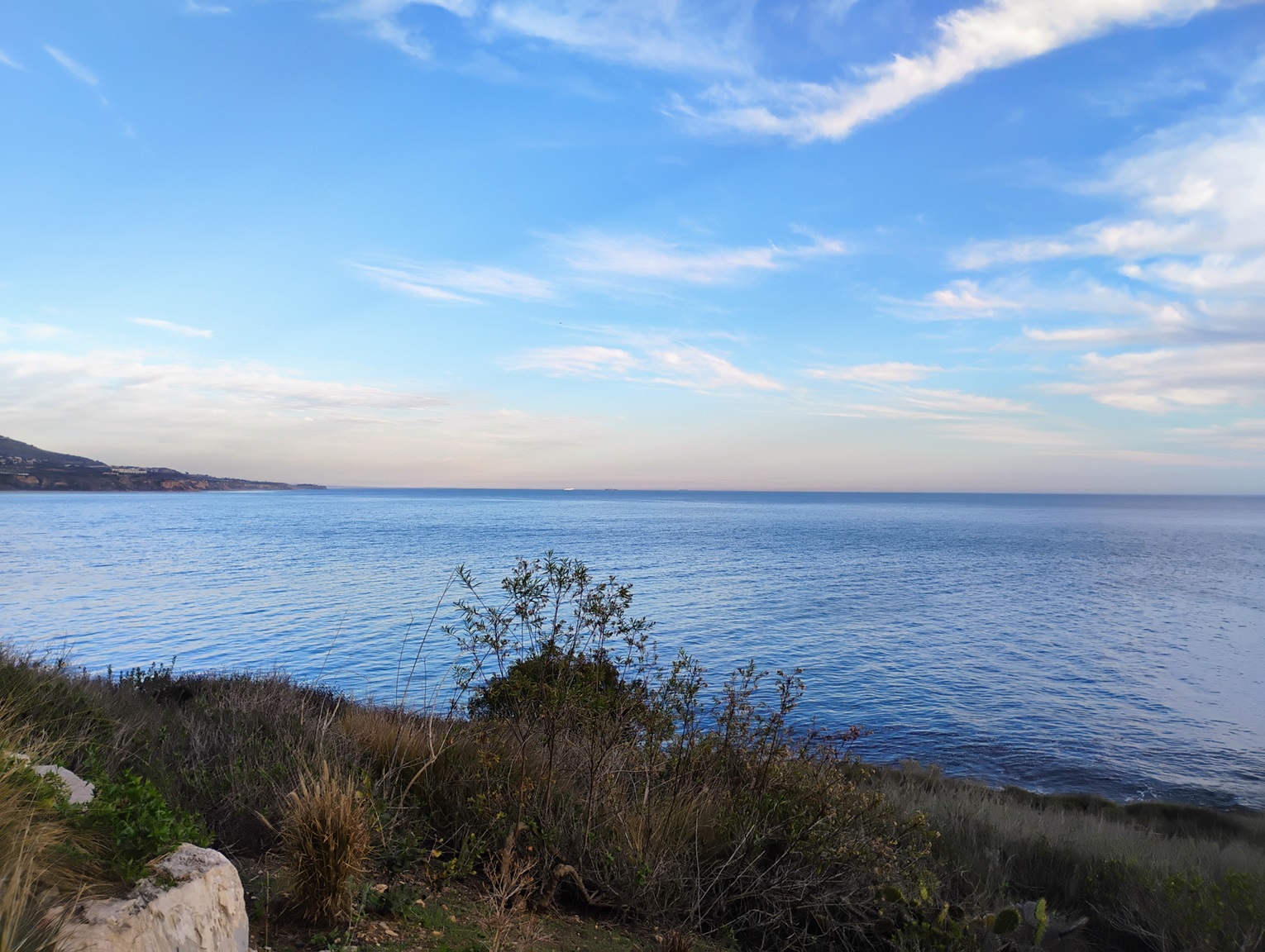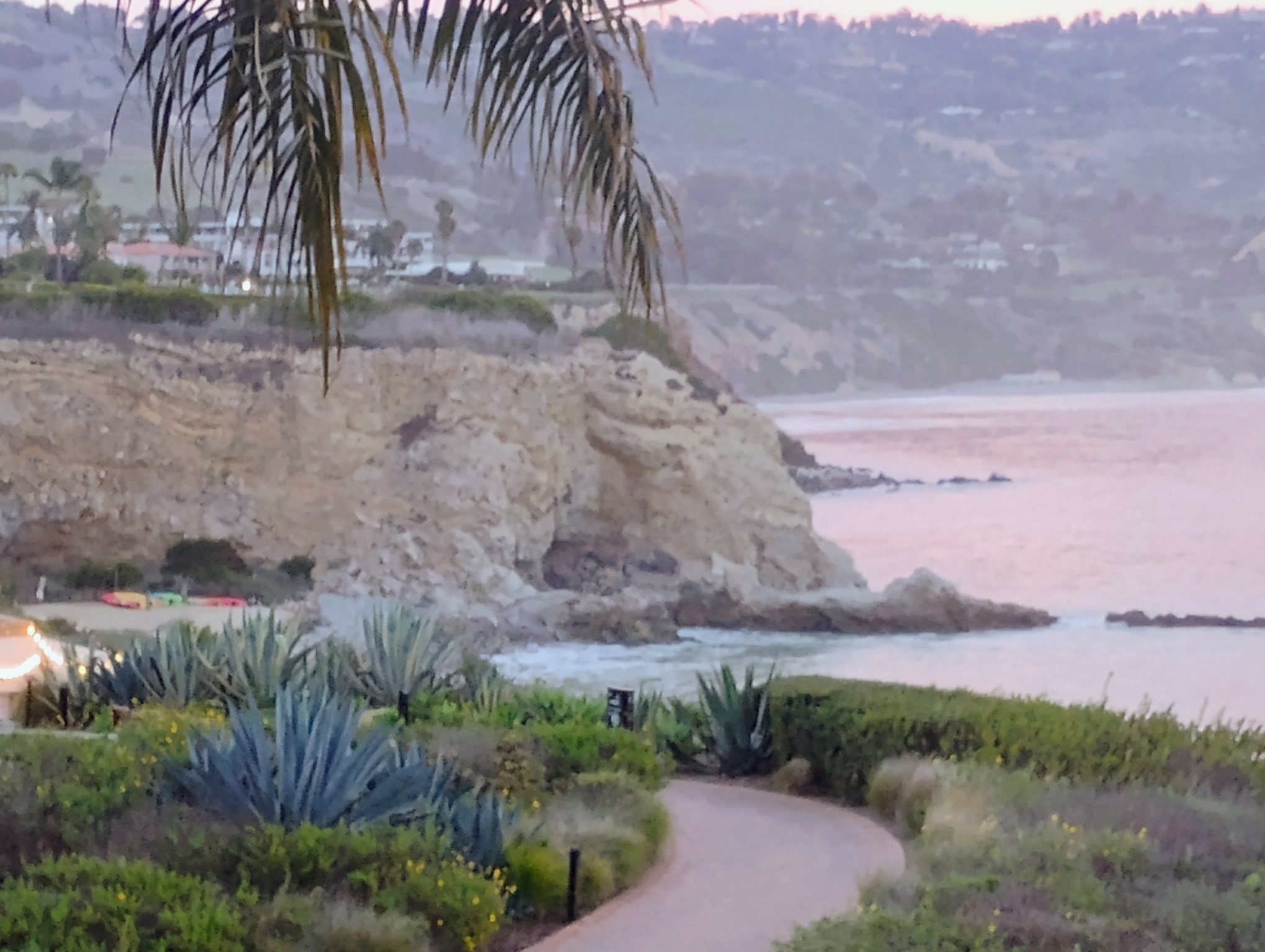From the shifting sand dunes of Montaña de Oro to the lively shores of Venice Beach, California’s coastline has long been a treasure shared by all. At the heart of its protection stands the California Coastal Commission (CCC), an agency created not to stop progress, but to make sure our coastline is cared for and protected. Without adequate funding, the CCC’s ability to enforce environmental laws, protect public beach access, and conserve natural habitats will be fundamentally weakened.
Established through Proposition 20 in 1972 and made permanent under the California Coastal Act of 1976, the CCC has served as California’s frontline defense against unregulated coastal development. It oversees projects while protecting the environment and supporting responsible growth. The CCC reviews proposals large and small to prevent the exploitation of natural resources and ensure that development aligns both environmentally and with the public interest.
Since its earliest days, the CCC has contributed to shaping the California coastline. In the 1970s and 1980s, the commission played a critical role in preventing coastal freeway expansions and high rise developments that threatened the sensitive shoreline areas. Instead, it preserved open spaces and protected public lands that are now iconic parts of California’s landscape. The CCC has been instrumental in advancing the California Coastal Trail, a project aimed at extending hiking trails connecting the entire coastline of California for public use. It also fought to protect critical wetlands like the Ballona Wetlands and Elkhorn Slough from irreversible development. From ensuring public access to Martins Beach and Carbon Beach to opposing offshore oil drilling, the CCC’s influence can be seen in nearly every stretch of coastline where nature remains open and protected.

The CCC has also helped California strengthen its resilience towards future environmental issues. As the coast faces sea level rise, extreme King Tides, beach and bluff erosion driven by climate change continues, the CCC is implementing adaptation strategies that protect both at-risk communities and ecosystems. Its work has helped California avoid the developmental pitfalls seen in other coastal regions.
While the CCC is sometimes viewed as a regulatory hurdle, its track record shows that smart development and environmental protection can coexist. The commission’s purpose is to not block progress, but to make sure that growth happens responsibly. By working on projects from infrastructure to desalination, the CCC helps keep California’s coast healthy and sustainable for future generations.
Defunding the CCC would strip the state of one of its most effective tools for protecting coastal regions from harmful development, restriction of public access, and maintaining natural resources. As growing concerns of climate change intensify, the future of California’s coastline depends on protective regulation, one that values ecological integrity and responsible development.
Stone Halpern – Contributor, Sierra Club Water Committee.
Photo of Rancho Palos Verdes coastline by Charming Evelyn.

